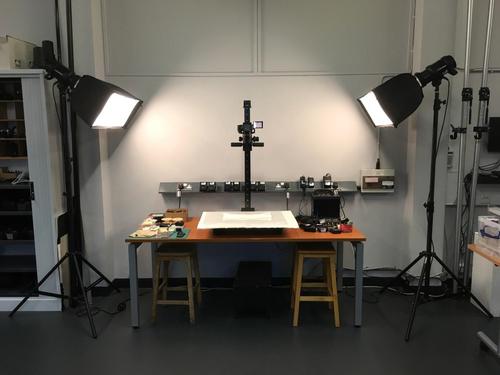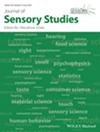A range of sensory cues contribute to human wetness perception, yet we know little of how visual modalities are involved, specifically if in-situ physical observations differ from ex-situ online observations. We aimed to assess the effect of stain volume, chroma, size, and hue on the wetness perception of static images, with a comparison to previously collected in-situ data. A total of 440 participants completed the online study, including 18 from an analogous in-situ study. Stimuli varied in physical wetness (0, 2.16 × 10−4 or 3.45 × 10−4 mL mm−2), stain chroma (clear saline, light synthetic urine, dark synthetic urine) and stain size (1150 or 5000 mm2). Further stimuli of a fixed wetness (3.45 × 10−4 mL mm−2) varied in stain hue (red, orange, yellow, green, blue, violet) and stain size (1150 or 5000 mm2). Participants rated wetness perception using a visual analogue scale (very dry to very wet) and modified yes/no task (dry/wet, gloss/matte, dilute/concentrate). Participants successfully discriminated between all physical wetness levels. Wetness perception shared a positive relationship with stain chroma and size, and varied with hue such that higher wavelengths resulted in greater wetness perception. Finally, online and in-situ wetness perception did not significantly differ.
The findings fundamentally contribute to our scientific understanding of wetness perception, giving evidence toward different multisensory integration theories. Further applications lie in industry, such as improving the structure, function, and perception of absorbent hygiene products or informing the design of sportswear with moisture management properties. Additionally, findings may aid the improvement of digital software which uses visual wetness components, for example in augmented and virtual realities.



